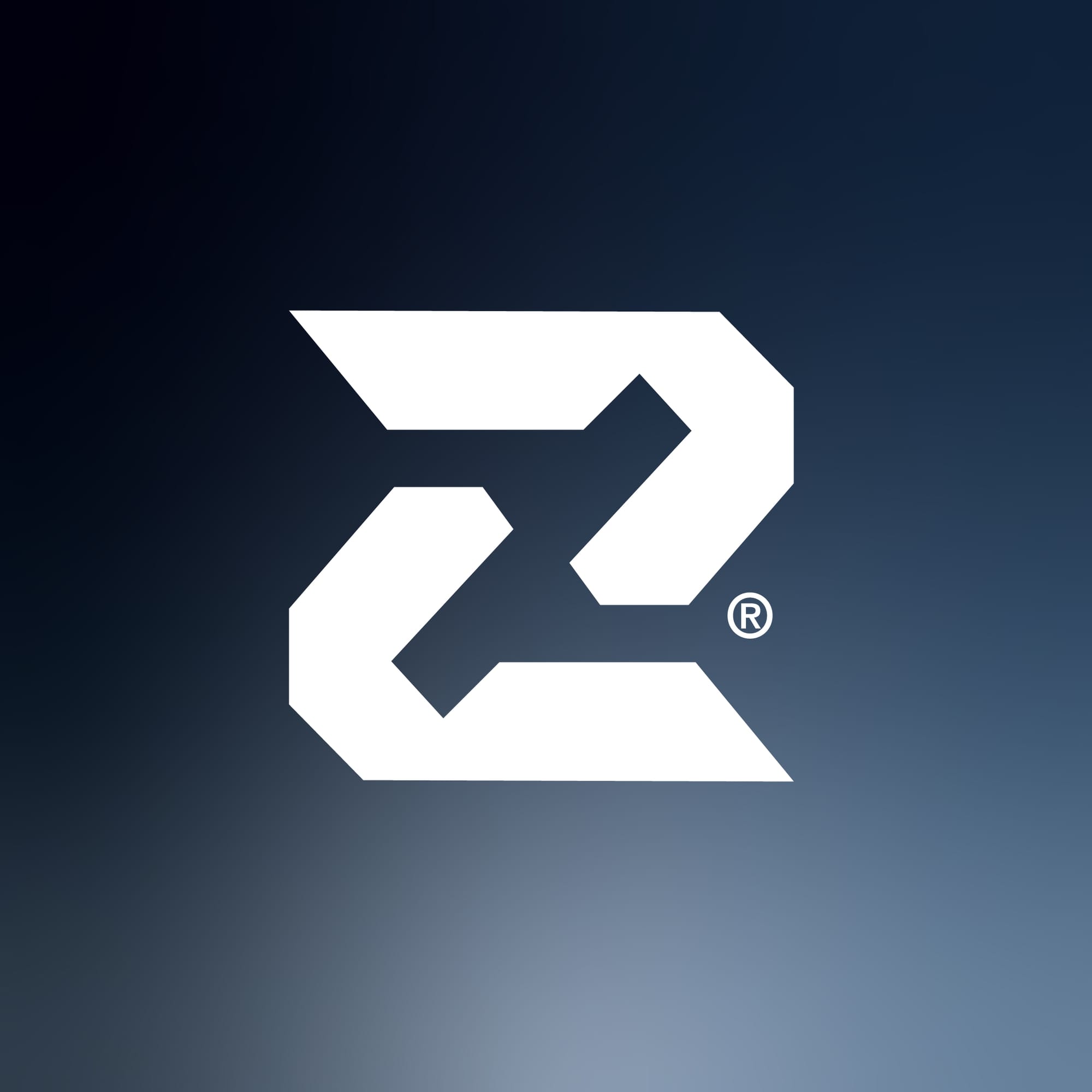The design world held its collective breath on July 31, 2025, as Figma (NYSE: FIG) made one of the most spectacular public debuts in tech history. With shares skyrocketing 250% from their IPO price to close at $115.50, Figma didn't just go public—it sent shockwaves through Silicon Valley.
The Phoenix Rises: From Failed Acquisition to IPO Glory
Figma's journey to the public markets reads like a Silicon Valley redemption story. Just three years ago, Adobe attempted to acquire the design software company for $20 billion. However, regulatory pushback in both the US and UK killed the deal in December 2023, with authorities concerned about potential monopolistic control over the design software market.
Today, that failed acquisition looks like a blessing in disguise. Figma's current market capitalization has ballooned to approximately $67.6 billion—more than triple what Adobe offered. As Derek Hernandez from PitchBook Data put it, Figma has become "a generational software-as-a-service company that has achieved a near-monopolistic hold on the product design market".
Breaking Records and Making Millionaires
Figma priced its IPO at $33 per share on Wednesday evening, already above the raised range of $30-$32. But nothing could have prepared investors for what happened next. The stock opened at $85 on Thursday afternoon and surged to a peak of $124.63 before settling at $115.50.
Matthew Kennedy of Renaissance Capital confirmed this was unprecedented territory:
"There had never been a company, in which its IPO raised more than $500 million, to see the stock close its first day at triple the IPO price, until now".
The windfall created instant billionaires. CEO Dylan Field, who co-founded Figma in 2012 as a Thiel Fellow, now boasts a net worth of at least $1.8 billion. Meanwhile, early investors like Sequoia Capital, which initially invested at $1.10 per share during Series C funding, stands to gain massive returns on their approximately $150 million investment.
The Perfect Storm: Why Investors Went Wild
Several factors converged to create Figma's IPO frenzy. The offering was nearly 40 times oversubscribed, reflecting pent-up demand after a three-year tech IPO drought. As Matt Kennedy from Renaissance Capital noted, "Software IPOs with rapid growth have become quite scarce over the last three years, so events like this attract considerable attention".
Figma's fundamentals are equally impressive. The company serves 95% of Fortune 500 companies with over 13 million monthly active users. Revenue grew 46% year-over-year in Q1 2025, while more than half of its revenue comes from international markets.
"From the viewpoint of private markets, Figma's IPO represents a significant milestone for the technology sector," said Derek Hernandez of PitchBook.
AI Integration: The Double-Edged Sword
While Figma races to integrate AI capabilities to compete with rivals, CEO Dylan Field warned investors about near-term impacts. In the company's IPO filing, Field cautioned that "AI will potentially be a drag on our efficiency for several years".
This honesty about AI investment costs reflects the broader challenge facing design software companies as they battle to incorporate generative AI technologies for image generation, layout recommendations, and code creation.
What This Means for Silicon Valley's Future
Figma's explosive debut signals more than just one company's success—it represents a "bellwether event for the tech sector". Analysts expect this success to encourage other high-profile private companies like Canva, Databricks, and Genesys Cloud Services to consider going public.
DA Davidson analyst Gil Luria captured the moment perfectly:
"Investors have been starved of new entrants into public markets in recent years".
As Figma trades under ticker "FIG" on the New York Stock Exchange, it's clear that design isn't just going public—it's redefining what's possible in today's IPO market. For a company that started with two Brown University classmates and a vision to make design collaborative, Figma's journey from startup to $67 billion public company proves that sometimes the best revenge against failed acquisitions is simply building something too valuable to ignore.




Discussion